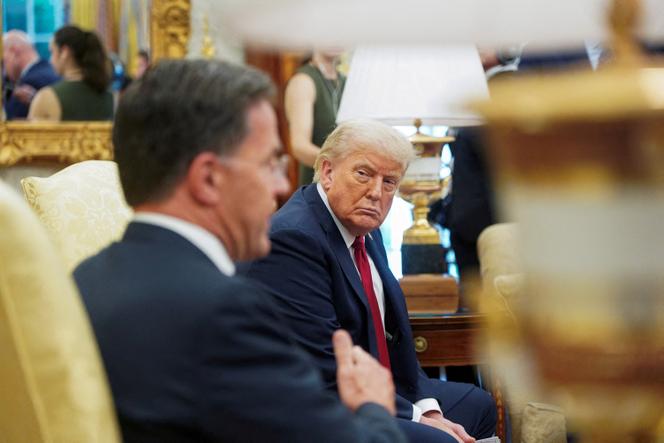


Donald Trump has ended up losing patience. After nearly six months of failed efforts on the Ukrainian front, he has reconsidered the strategy he had adopted upon returning to the White House: betting on what he considered a privileged relationship with Russian leader Vladimir Puti, to bring an end to the hostilities, regardless of the cost to the Ukrainians.
The US president signalled his reversal in a meeting with NATO Secretary General Mark Rutte on Monday, July 14, in the Oval Office, the same site of last February's memorable public humiliation of Ukrainian president Volodymyr Zelensky. He made two announcements signalling the shift in policy. The first was a significant supply of weapons to Kyiv, once the last of the military aid provided by Trump's Democratic predecessor, Joe Biden, is exhausted. The second was a threat of new sanctions against Russia, with the aim of depriving the country of the revenues it needs to fund its war effort.
Eager to avoid appearing like he was merely continuing previous weapons delivery policies and to appease the part of his support base most opposed to any form of US foreign intervention, Trump cast the weapons supplying arrangement as "a very big deal." "Billions of dollars' worth of military equipment is going to be purchased from the United States" by European allies, "going to NATO" and then being "quickly distributed to the battlefield," he explained, specifying the materials were to be sold at no cost to American taxpayers.
You have 81.17% of this article left to read. The rest is for subscribers only.
